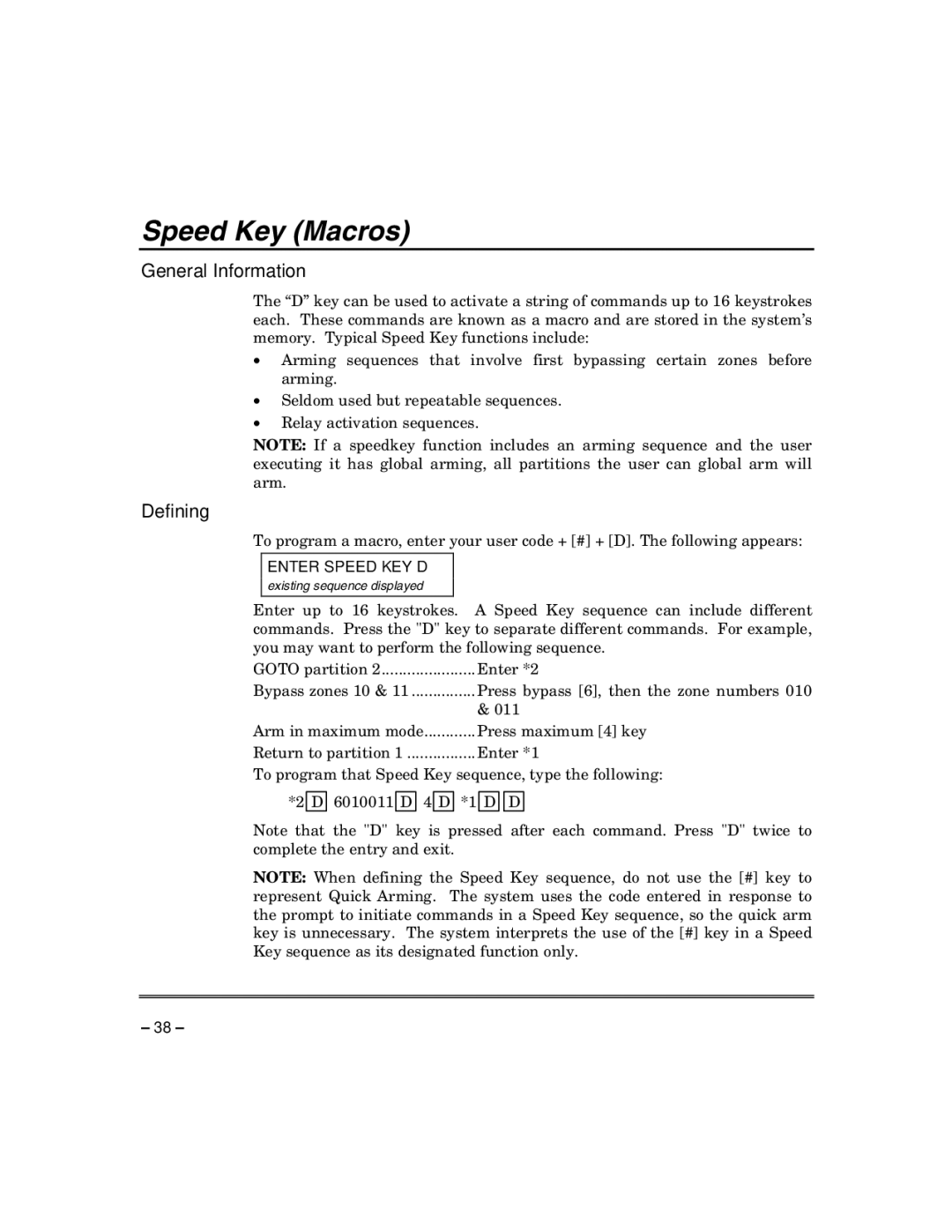VISTA-50P, VISTA-50PUL specifications
Honeywell's VISTA-50PUL and VISTA-50P are versatile and highly regarded security control panels ideal for residential and small commercial applications. These two models are designed to provide robust security capabilities while offering a range of features that enhance user convenience and system reliability.The VISTA-50PUL and VISTA-50P both support up to 48 zones, which allows for extensive coverage and flexibility in securing various areas within a property. They offer integration with wired and wireless zones, making installation easier in diverse environments. The control panels can be utilized with Honeywell's array of sensors and detectors to create a comprehensive security solution.
One of the standout features of both models is their compatibility with Honeywell's Total Connect Remote Services. This functionality enables users to remotely access and control their security systems via smartphones, tablets, or computers. This capability gives homeowners and business managers peace of mind, as they can monitor their properties in real-time and receive alerts on potential security breaches.
In terms of communication technologies, the VISTA-50PUL and VISTA-50P are equipped with robust communication options, including both traditional phone line connectivity and newer IP-based systems. This flexibility allows users to choose how they want to communicate alarm signals to monitoring stations, ensuring that they remain connected even if traditional lines fail.
The panels also include features like programmable outputs, allowing integration with home automation systems and other security devices. Users can customize outputs to manage different devices, such as lights or alarms, enhancing both safety and convenience.
User-friendliness is another key aspect of the VISTA models. They include intuitive programming options and user-friendly interfaces for easy setup and operation. The keypads are designed with clear displays and responsive controls, making it easy for users to arm and disarm their systems, review event logs, and manage system settings.
Furthermore, both VISTA models are compatible with a variety of accessories, such as cameras, motion detectors, and safety devices, further expanding their effectiveness.
In conclusion, the Honeywell VISTA-50PUL and VISTA-50P are powerful security control panels that bring together advanced technology, user convenience, and extensive compatibility. Their ability to integrate with remote services and various security devices makes them an excellent choice for those looking to enhance their security systems.

